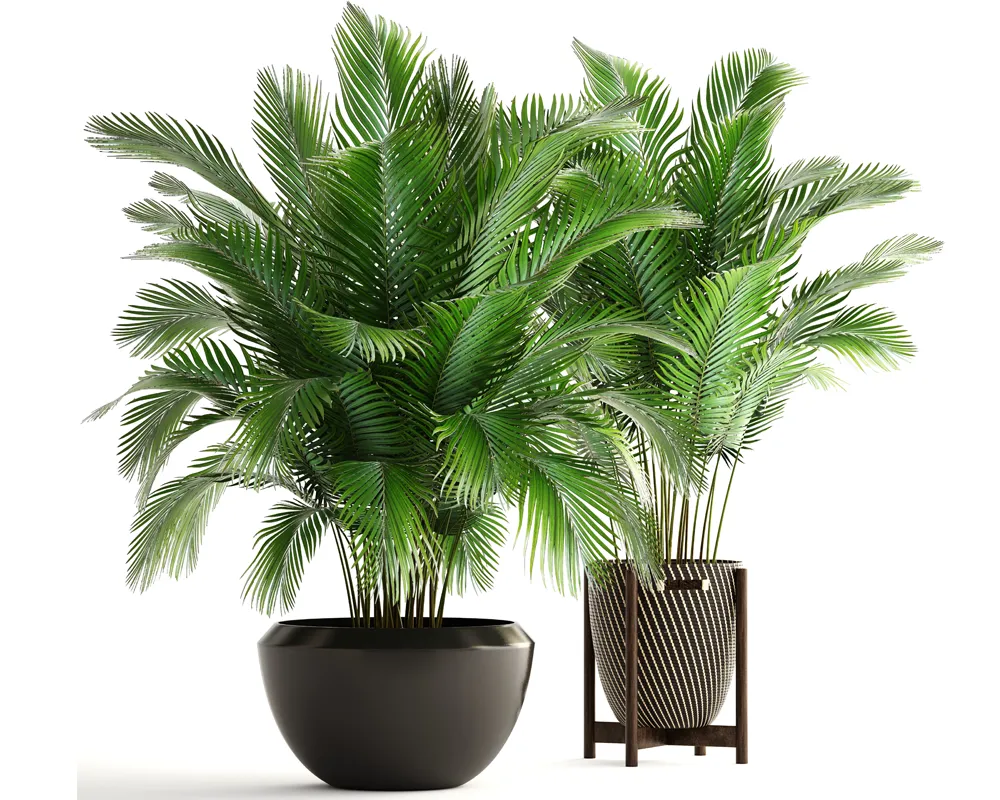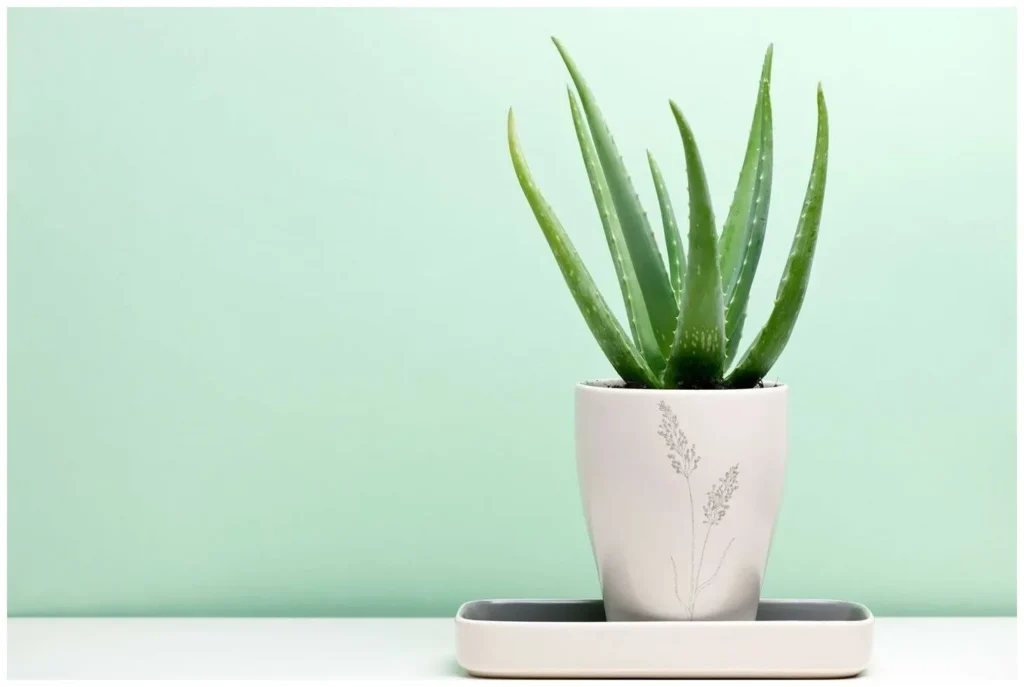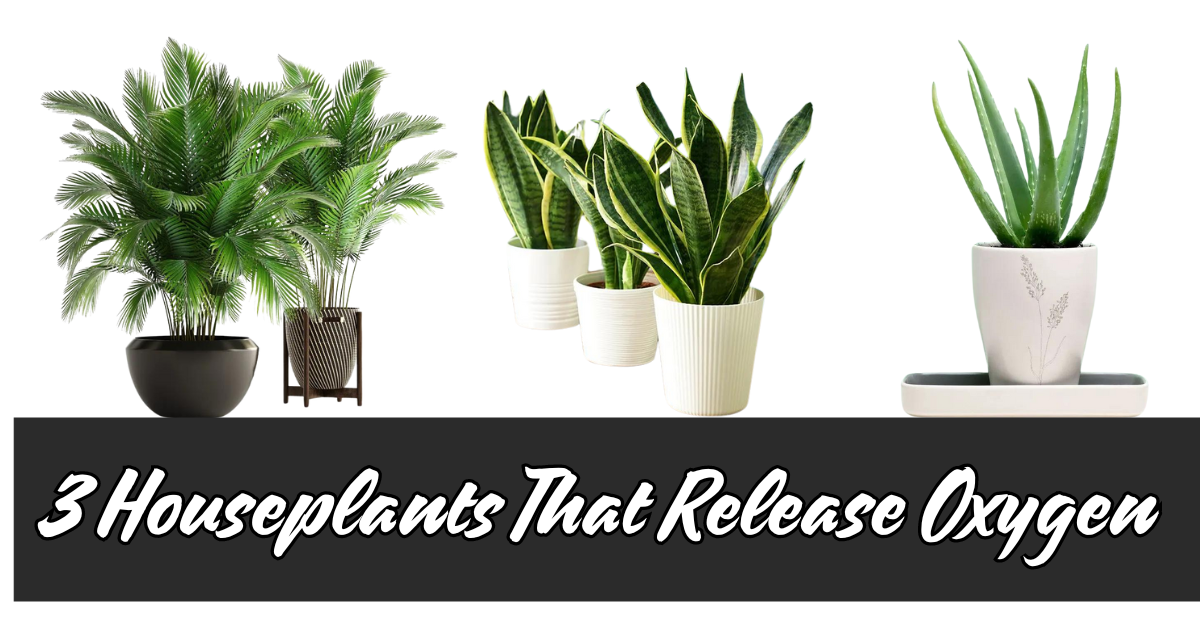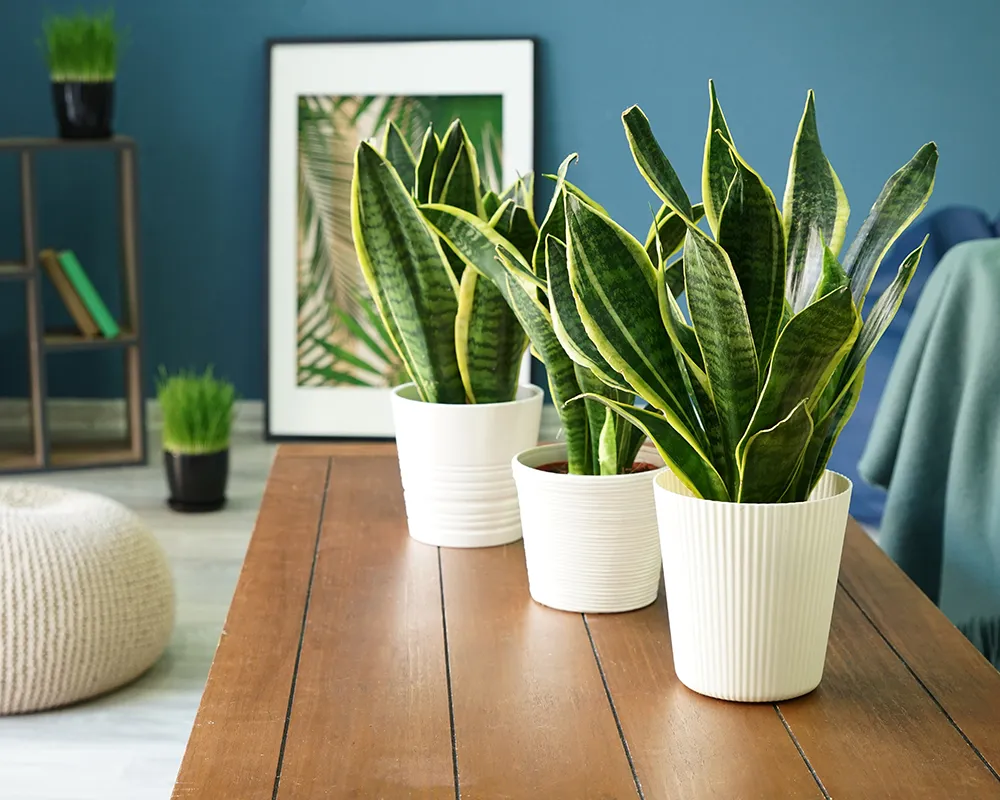Are you looking to breathe easier at home? You’re in luck! We’ve got the inside scoop on three amazing houseplants that work overtime to keep your air fresh and clean. These green superheroes release oxygen around the clock, making them perfect for bedrooms, home offices, or any space that could use a breath of fresh air.
Why These Plants Are Special
Most plants take a break from producing oxygen at night, but not these overachievers! Thanks to a process called Crassulacean Acid Metabolism (CAM), these plants continue to release oxygen even when the sun goes down. Talk about working the night shift!
Meet Your New Green Roommates
1. Snake Plant (Sansevieria trifasciata)
Why we love it:
- Nearly indestructible (perfect for plant newbies!)
- Thrives in low light conditions
- Excellent air purifier, removing toxins like formaldehyde
Care tips:
- Water sparingly – let the soil dry out between waterings
- Tolerates neglect better than overwatering
- Prefers indirect light but can handle some direct sun
2. Areca Palm (Dypsis lutescens)

Why we love it:
- Powerful air purifier, removing indoor air pollutants
- Adds a tropical flair to any room
- Excellent humidifier, perfect for dry indoor environments
Care tips:
- Prefers bright, indirect light
- Keep soil consistently moist but not waterlogged
- Enjoys higher humidity – mist leaves regularly or use a pebble tray
3. Aloe Vera

Why we love it:
- Dual-purpose: air purifier and natural first-aid kit
- Compact size fits on most windowsills
- Indicator plant: leaves droop when it needs water
Care tips:
- Place in bright, indirect sunlight
- Water deeply but infrequently
- Use well-draining soil to prevent root rot
Expert Tips for Maximizing Oxygen Production
- Location, location, location: Place your plants in areas where you spend the most time, like bedrooms or home offices.
- Group therapy: Cluster your plants together to create a mini oxygen-rich zone.
- Regular cleaning: Dust off leaves weekly to help plants breathe (and photosynthesize) better.
- Right-size it: Larger plants generally produce more oxygen, so go big if you have the space!
- Rotate regularly: Turn your plants every few weeks to ensure all sides get equal light exposure.
The Science Behind the Magic
These plants use CAM photosynthesis, which allows them to absorb carbon dioxide at night and release oxygen during the day and night. This adaptation helps them conserve water in their natural habitats – and gives us the benefit of 24/7 oxygen production!
FAQ:
Q: How many plants do I need to make a difference?
A: While NASA recommends 1-2 plants per 100 square feet for optimal air cleaning, even a single plant can improve your air quality. Start small and grow your collection over time!
Q: Can these plants really improve my sleep?
A: Many people report better sleep quality with bedroom plants. The increased oxygen and air purification may contribute to a more restful environment.
Q: Are these plants safe for pets?
A: Snake plants are non-toxic to pets. Areca palms are considered non-toxic but may cause mild discomfort if ingested in large quantities. Aloe vera can cause mild gastrointestinal upset if ingested, so keep it out of reach of curious pets.
Ready to Breathe Easier?
Adding these oxygen-producing powerhouses to your home is a simple way to improve your indoor air quality and bring a touch of nature indoors. Start with one and see the difference it makes – you might just find yourself breathing a little easier and sleeping a little sounder!









